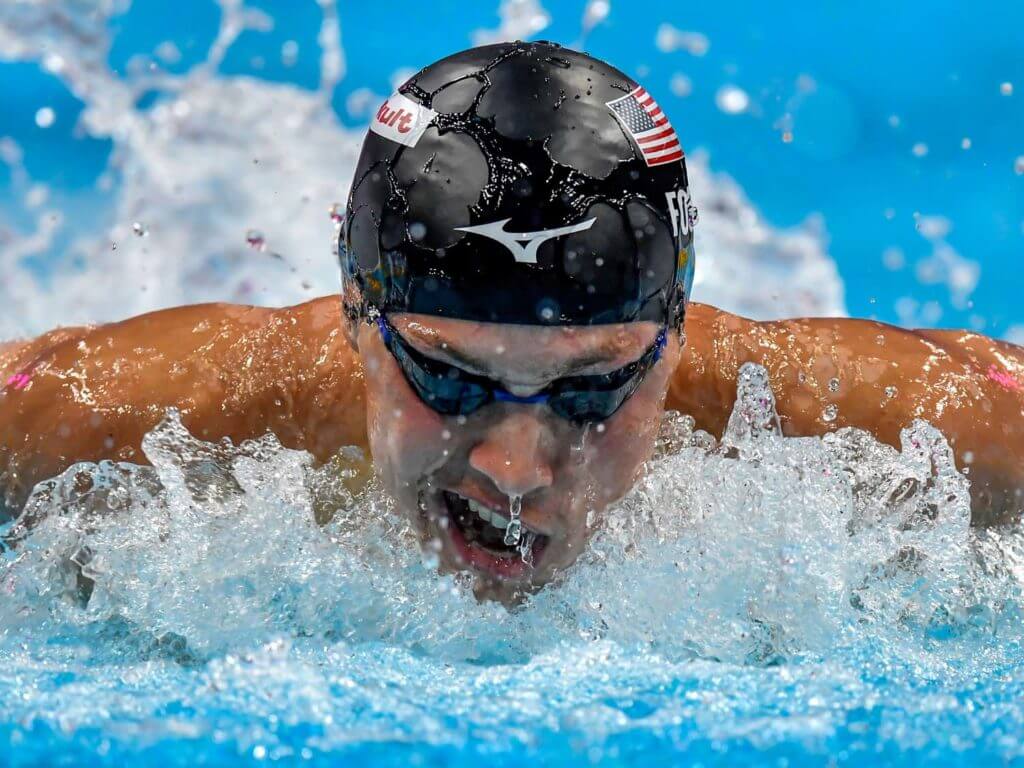A Look At How NIL Has Impacted College Swimming

A Look At How NIL Has Impacted College Swimming
Over the past year, the college athletics landscape has changed drastically. From conference realignment to the transfer portal, there is no doubt that college athletics is evolving. Although conference realignment and the transfer portal have been some of the biggest changes over the past few years, one thing stands out more than most.
Name, Image and Likeness (NIL) has brought significant changes to the NCAA in all sports. It is more commonly looked at in the sports of football and basketball, but it has also brought significance to the realm of college swimming.
What is NIL?
Originally passed and approved on July 1, 2021, Name, Image, and Likeness, or more commonly referred to as NIL, essentially refers to the athletes’ ability to earn compensation for their “NIL.” Through NIL, athletes are able to partner with brands to help market themselves, which under previous NCAA rules was not allowed.
Although the NCAA encourages athletes to use their NIL, it states they are not allowed to be “paid to play.” This definition means athletes at the collegiate level are not allowed to earn money based upon their performances or to attend a certain university.
NIL and College Swimming
Before NIL was announced, teenage athletes had one choice about their future when it came to swimming. A swimmer could commit to swim collegiality or decline their college eligibility to earn compensation for their athletic achievements as a professional.
For decades, we saw athletes in every sport have to choose between competing or cashing in. This decision was especially true in sports such as swimming. For most of the sport’s existence, there was never a professional league that offered money for swimming after graduation.
NIL has brought change to NCAA Swimming. Some good. Some bad. Some athletes who originally ruled out swimming in college because they couldn’t turn down the money are now competing. It has also helped make swimming more marketable to brands. This brand connection will help extend the reach of the swimming community, bringing more people into the sport. For instance, Texas’ Carson Foster is representing Mizuno. While there has been some good, there have also been negatives. NIL deals have been known to cause locker room drama based on jealousy, and NIL has essentially killed amateur sports at the college level – or what was left.
Had we had NIL 20 years ago, could we have seen the likes of Michael Phelps, Katie Hoff or Micheal Andrew in the NCAA? The answer to that question may not be an obvious yes, since a lot more played into these athletes’ decision of going pro. Although Hoff said she wonders what the sisterhood of the NCAA would have been like, even if the rules would have been the same in the 2000s, she indicated she would have made the same decision.
Pro or Not Pro
On the topic of going pro, although NIL allows athletes to partner with brands like TYR and Speedo to help promote their brand, they are not allowed to earn money from performances at competitions. Swimmers like Emma Weyant and Alex Walsh have decided to partner with brands and swim in college. On the other hand, some athletes have opted out of the college scene.
In 2022, we have seen a handful of athletes give up their college eligibility to train full-time as a pro. These athletes include Tokyo 2020 Olympians Regan Smith and Michael Brinegar, who chose to train with Bob Bowman at Arizona State and Mark Schubert’s staff at The Swim Team, respectively. For swimmers like Brinegar, this gives him the opportunity to train open water more often. For Regan, this decision gives her the opportunity to train with the growing pro group at ASU, while not being restricted to the NCAA practice limits.
The Future
In his book, A Tale of Two Cities, author Charles Dickens famously penned the phrase: “It was the best of times, it was the worst of times.” When you apply that saying to everything going on in college athletics, it is fitting. From conference realignment to leadership shifts and NIL, the world of college athletics is not what it once was.
So what’s next? That is a hard question to answer based on all the unknowns. In April of this year, University of Alabama head football coach Nick Saban accused Texas A&M of abusing NIL and buying the football players on their roster. Did this in fact happen? Did Texas A&M violate the NCAA’s rules? The only people who truly know the answer to that question are the Texas A&M staff members and their players.
What we do know is that the NCAA needs to monitor NIL and its potential impact on college sports, including college swimming, to ensure the sport doesn’t vanish into a professional vacuum.




One highly respected D-III coach told me that his athletes, between academics and swimming really don’t have time to devote to promoting themselves (their brand) to make it worthwhile.
Love this!! Great perspective on a controversial choice.